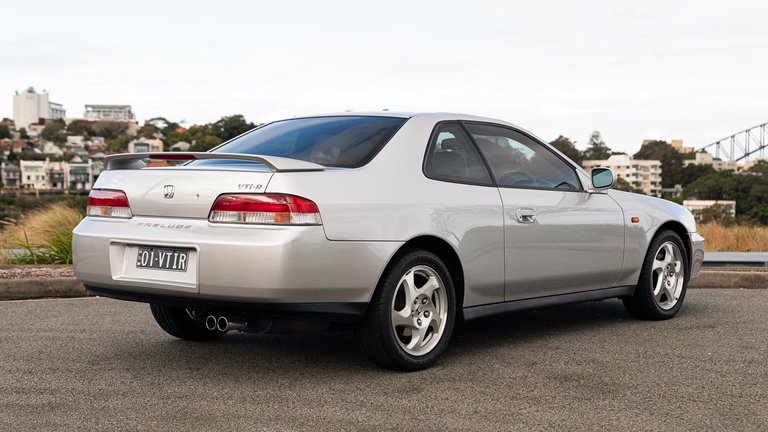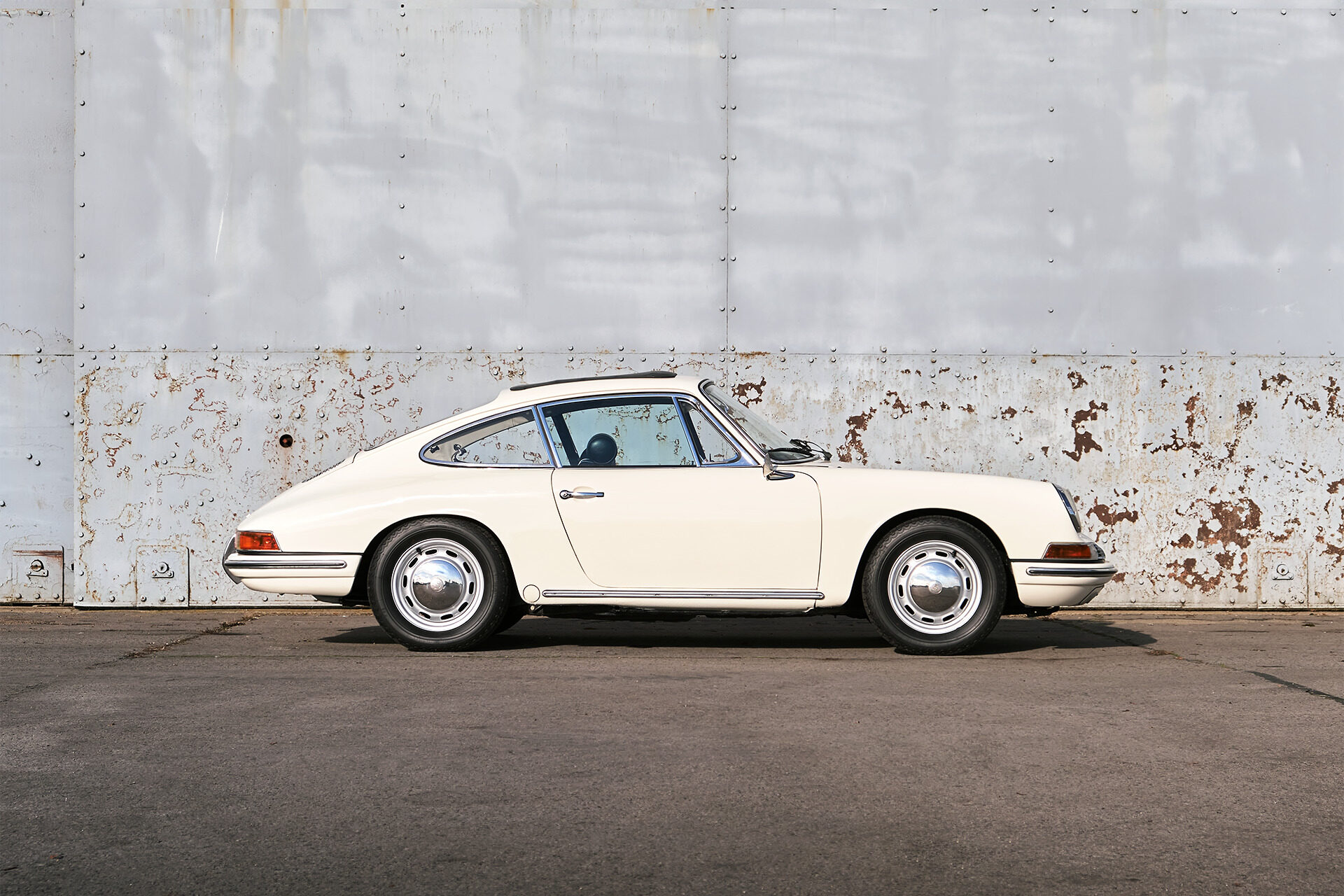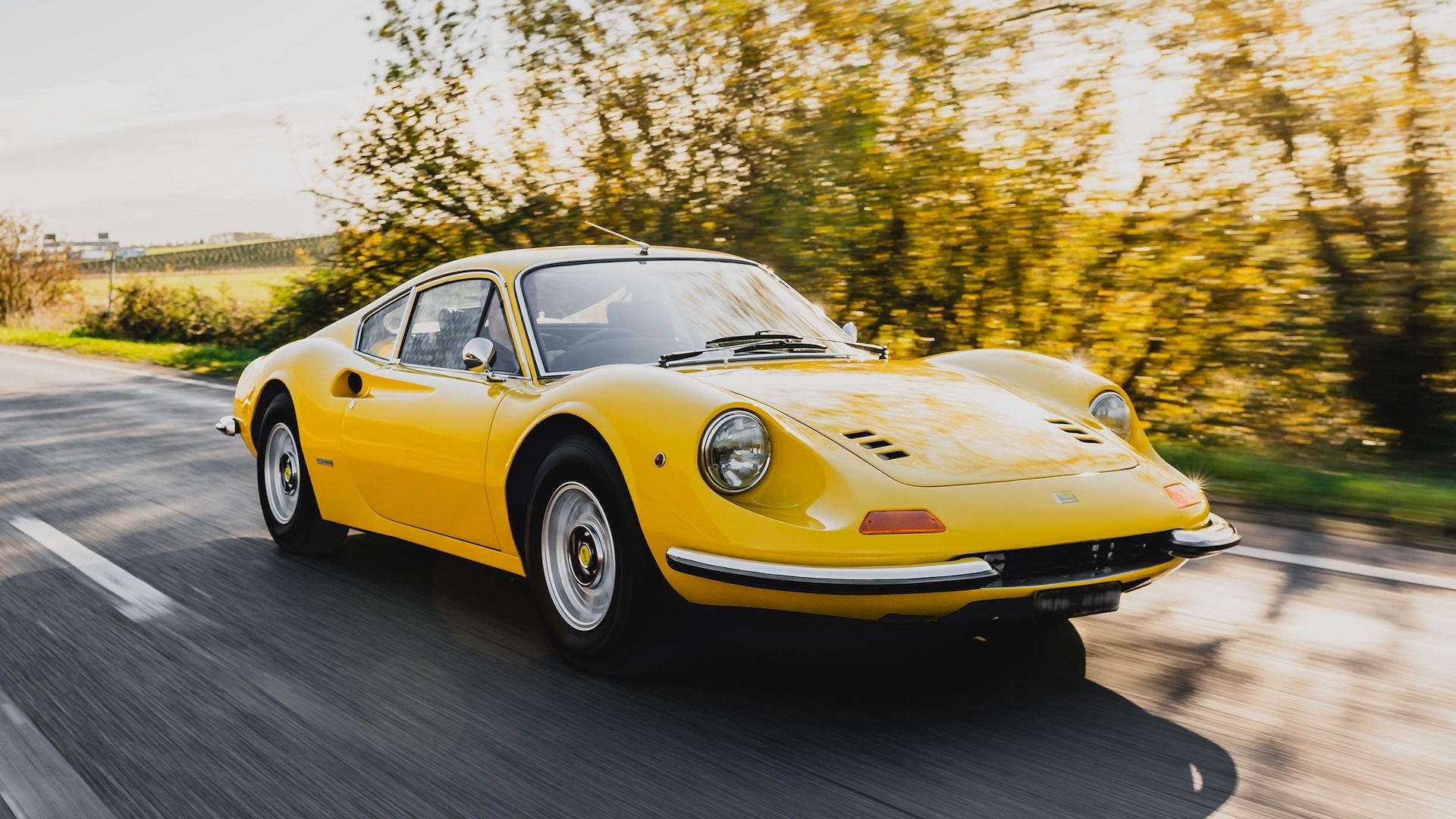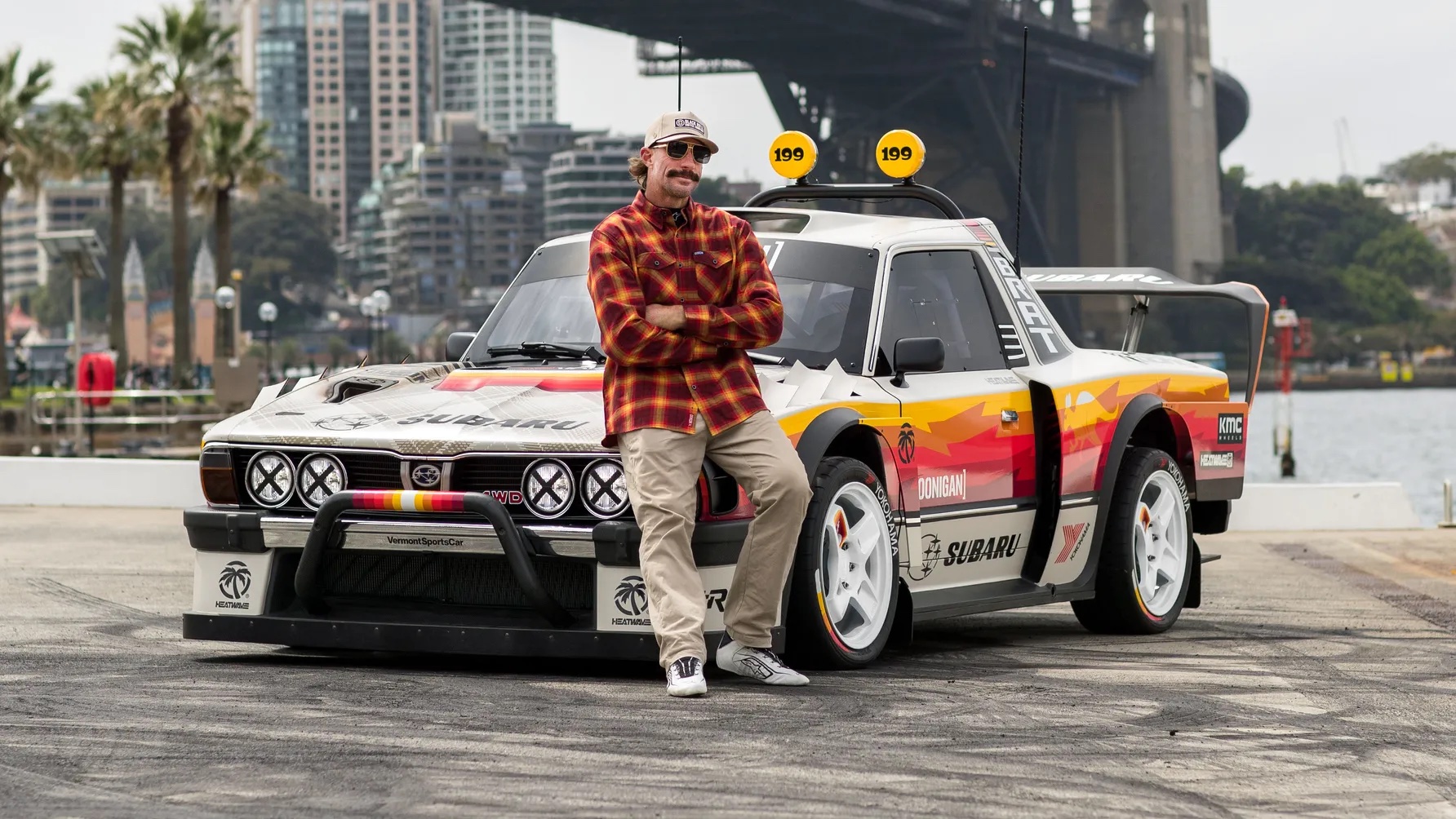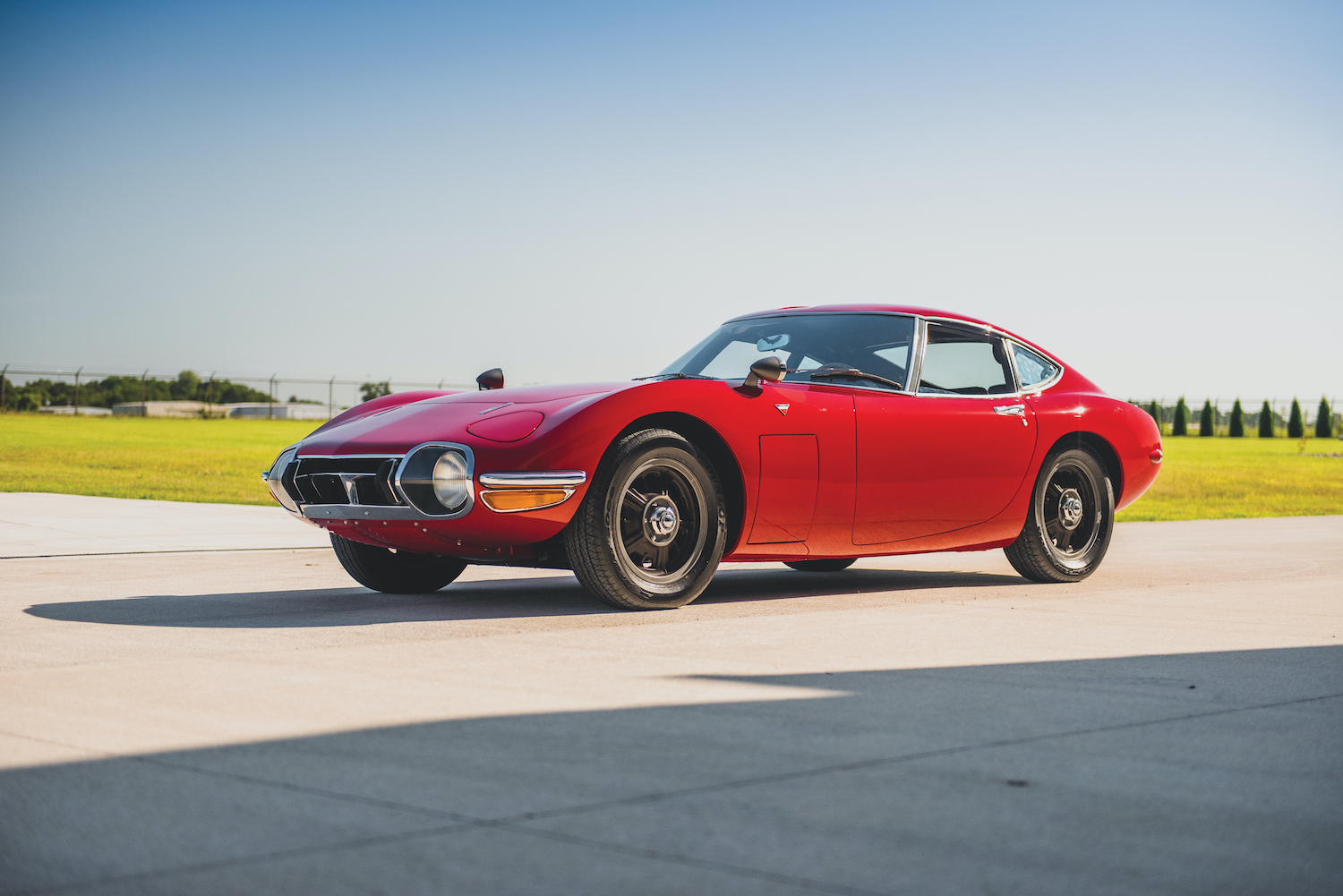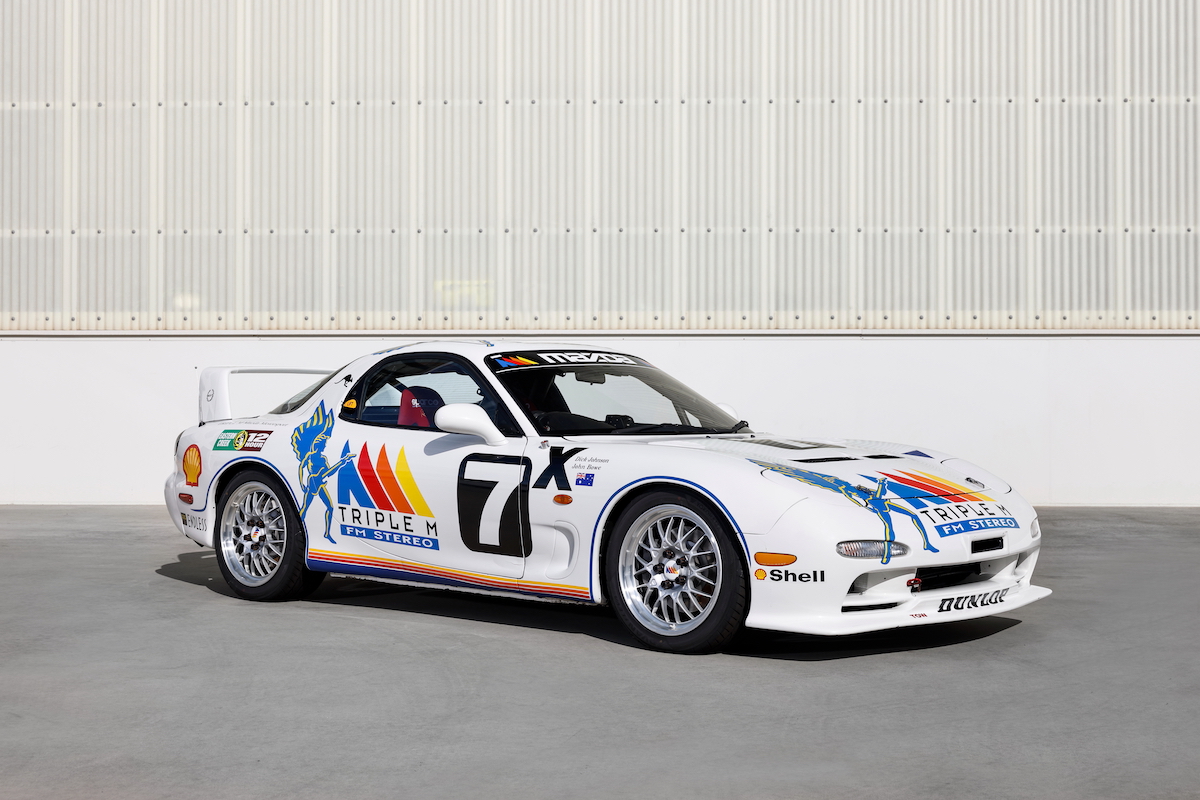The third-generation Honda Prelude launched in Australia in 1992 as an unassuming but effective sports coupe.
Early Si versions had a 118kW four-cylinder which was deemed ‘adequate’ by people who were buying the Prelude as much for its stylish good looks as its performance. But there was a more performance-oriented element that thought the sweetly-balanced Prelude chassis could deal with more power.
In February 1994 their prayers were answered with the arrival of the Prelude VTi-R, which packed the same basic engine as Si versions but added Honda’s then ground-breaking Variable Valve Timing (V-Tec).
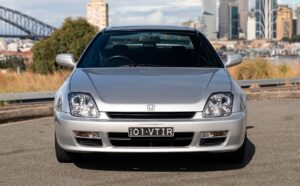
Honda Prelude VTi-R
The effect wasn’t quite the slap in the back of a turbocharger but between 4000 and 7500rpm Prelude owners were rewarded with a zinging swell of feverish four-cylinder performance.
Standard Prelude VTi-R equipment included climate-control air-conditioning, power windows and sunroof, ABS brakes and (from 1997) dual air-bags. The alloy wheels wore 50-Series rubber and, like most performance cars built during the past 25 years, Premium Unleaded fuel was mandatory.
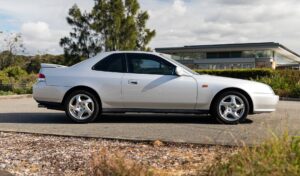
Clean lines made for an attractive coupe
Well-weighted power steering and four-wheel disc brakes complemented the Prelude’s sports-oriented suspension, while an Active Torque Transfer system minimised wheelspin and masked the front-drive coupe’s torque steer extremely well.
As wonderful as a V-Tec equipped Honda engine is to drive, they are a highly-strung unit and ignoring regular services or skimping on oil quality can be deadly. Ticking from the cylinder-head area at idle, sludge under the oil filler cap and failure to rev to the red-line are symptoms of valve-train wear, and should be a red flag to potential buyers.
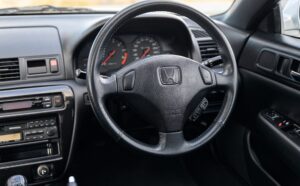
Functional Honda interior
Worn struts will give a bouncy ride and worn components rob the power steering of its feel. They also upset the chassis balance that makes the Gen-4 Preludes so enjoyable to drive. Find a car that feels sharp when attacking bends and rides firmly without any wallow or wandering.
High-kilometre cars are commonly priced below $3000 and generally aren’t good buying. Better quality early examples begin at $6500, with outstanding 1996-2000 cars pushing up into five figures.
Images: Collecting Cars
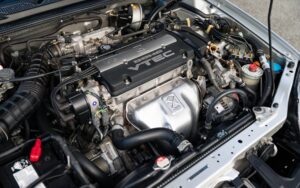
Engine featured Honda’s then ground-breaking Variable Valve Timing (V-Tec).
Things To Watch Out for When Buying a Used Honda Prelude VTI-R (1994-2000)
-
Upper-engine ticking when revved, indicating valve train wear
-
Clutch slipping or gears difficult to engage
-
Excessive play at steering wheel rim
-
CV joint noise on higher-kilometre cars
-
Cabin plastics cracked or discoloured
Valuation Timeline: Honda Prelude VTI-R (1994-2000)
-
2005$18,500
-
2010$12,000-35.14%
-
2014$8,000-33.33%
-
2019$6,200-22.5%
-
2024$10,000+61.29%(VTi-R 1996-99)

